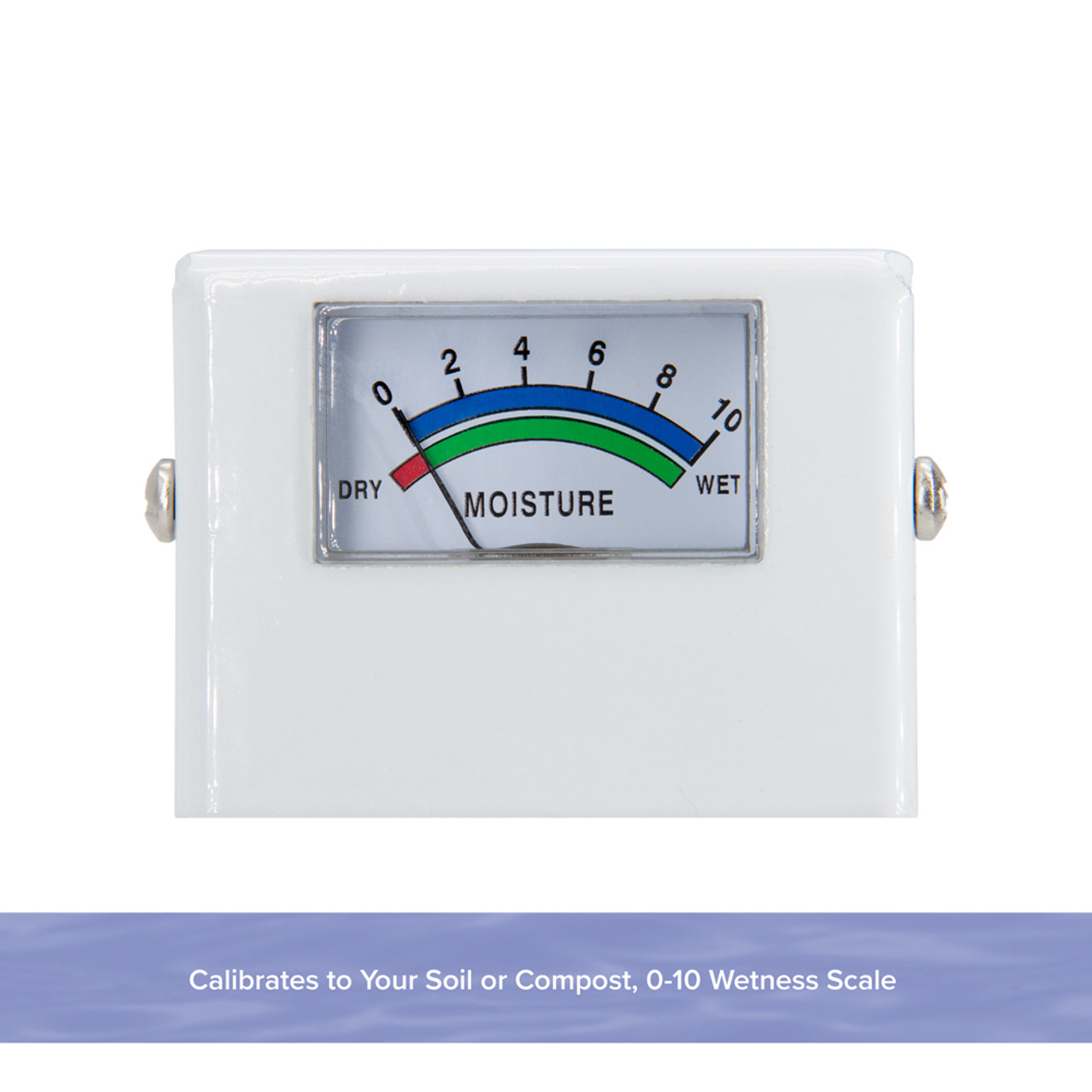Recognizing the Various Sorts Of Moisture Meters and Their Applications
Wiki Article
Explore the World of Moisture Meters: Every Little Thing You Required to Know
In the realm of wetness meters exists a world of accuracy and practicality that commonly goes unnoticed. Comprehending just how moisture meters operate, the various kinds available, and their varied usages can shed light on their value in ensuring top quality and efficiency.Exactly How Moisture Meters Work
Moisture meters run by measuring the electric conductivity or capacitance of products to determine the moisture material existing. These meters are invaluable tools throughout numerous industries, including woodworking, agriculture, and building. By making use of various approaches such as pin-type or pinless modern technology, moisture meters offer precise analyses that assist specialists make educated decisions.
Pin-type dampness meters function by placing the sharp pins into the material being examined. On the various other hand, pinless dampness meters utilize electromagnetic signals to scan a bigger location without triggering any damages to the product's surface.
No matter of the approach utilized, moisture meters play a critical duty in stopping problems such as mold development, structural damage, or item flaws brought on by excess dampness. Comprehending exactly how these meters job is crucial for making sure the high quality and integrity of products in various applications.
Kinds of Moisture Meters
Provided the crucial duty wetness meters play in different sectors, it is vital to understand the various types readily available to experts for properly evaluating dampness degrees - Moisture Meter. There are primarily 2 main kinds of moisture meters: pinless and pin-type dampness meters

On the various other hand, pinless moisture meters make use of electromagnetic sensing unit plates to scan a bigger area of the product without causing any kind of damage. This kind is suitable for promptly scanning big locations and is typically made use of for flooring, wall surfaces, and ceilings. Pinless meters are convenient for taking readings on completed surfaces without leaving any kind of visible marks.
Both kinds of moisture meters have their advantages and are picked based on the certain needs of the task handy. Understanding the distinctions in between these types is vital for professionals to make precise dampness assessments.
Applications Across Industries
With varied functionalities, wetness meters find widespread application throughout different sectors, aiding experts in ensuring ideal problems for products and frameworks. In the agriculture market, dampness meters are important for figuring out the dampness content in grains, seeds, and hay, guaranteeing high i loved this quality control and protecting against mold and mildew growth. Building experts rely upon dampness meters to analyze the moisture levels in building materials like concrete, drywall, and wood, which is essential for preserving structural stability and stopping dig this problems like rot or mold and mildew. The floor covering market uses wetness meters to determine the wetness material in subfloors before setting up various flooring, preventing pricey problems as a result of excess wetness. In addition, in the food sector, wetness meters are used to monitor and control moisture degrees in items such as grains, nuts, and dried fruits to maintain quality and top quality. Furthermore, wetness meters play an important role in the reconstruction and damage control industry by aiding experts resolve and identify water damages in buildings promptly. Throughout these diverse markets, moisture meters are essential tools for making certain the high quality, safety, and long life of different products and products.Tips for Using Wetness Meters
Utilize the moisture meter's calibration settings to ensure accurate readings when gauging the dampness web content in numerous products. Furthermore, make sure the meter is set to the appropriate wetness range for the material you are measuring to get the most specific outcomes.When utilizing a pin-type wetness meter, insert the pins to the appropriate deepness suggested for the product being checked. This makes sure that the wetness readings are extracted from the proper deepness within the material, providing an extra precise representation of its moisture content. For pinless dampness meters, keep in mind to preserve proper call with the material's surface to obtain trustworthy readings.
On a regular basis check and replace the batteries in your wetness meter to stop incorrect analyses because of low power. When not in use to lengthen its life expectancy and keep its accuracy, Shop the meter in a completely dry and safe location. By adhering to these suggestions, you can take full advantage of the efficiency of your dampness meter and acquire specific moisture material dimensions across different products.
Upkeep and Calibration
To ensure the precision of dampness web content dimensions, routine upkeep and calibration of the wetness meter are necessary actions in its appropriate functioning. Calibration changes the moisture meter to ensure that it provides trustworthy and constant results.Calibration ought to be carried out periodically, especially if the dampness meter is utilized often or in crucial applications where accurate dimensions are required. Many dampness meters include calibration tools or can be calibrated by specialist solutions. Moisture Meter. It is recommended to maintain a log of calibration days and results to track the performance of the dampness meter with time. By preserving and calibrating the moisture meter regularly, customers can trust the accuracy of the dampness material dimensions acquired.
Verdict

Finally, dampness meters play an essential function in numerous sectors by accurately measuring the moisture web content of products. Comprehending just how these devices function, the various kinds available, and appropriate upkeep and calibration are vital for getting reliable results. Whether in farming, construction, or manufacturing, the use of moisture meters helps guarantee quality assurance and effectiveness in processes.

In conclusion, dampness meters play an essential function in various industries by properly gauging the wetness content of products.
Report this wiki page